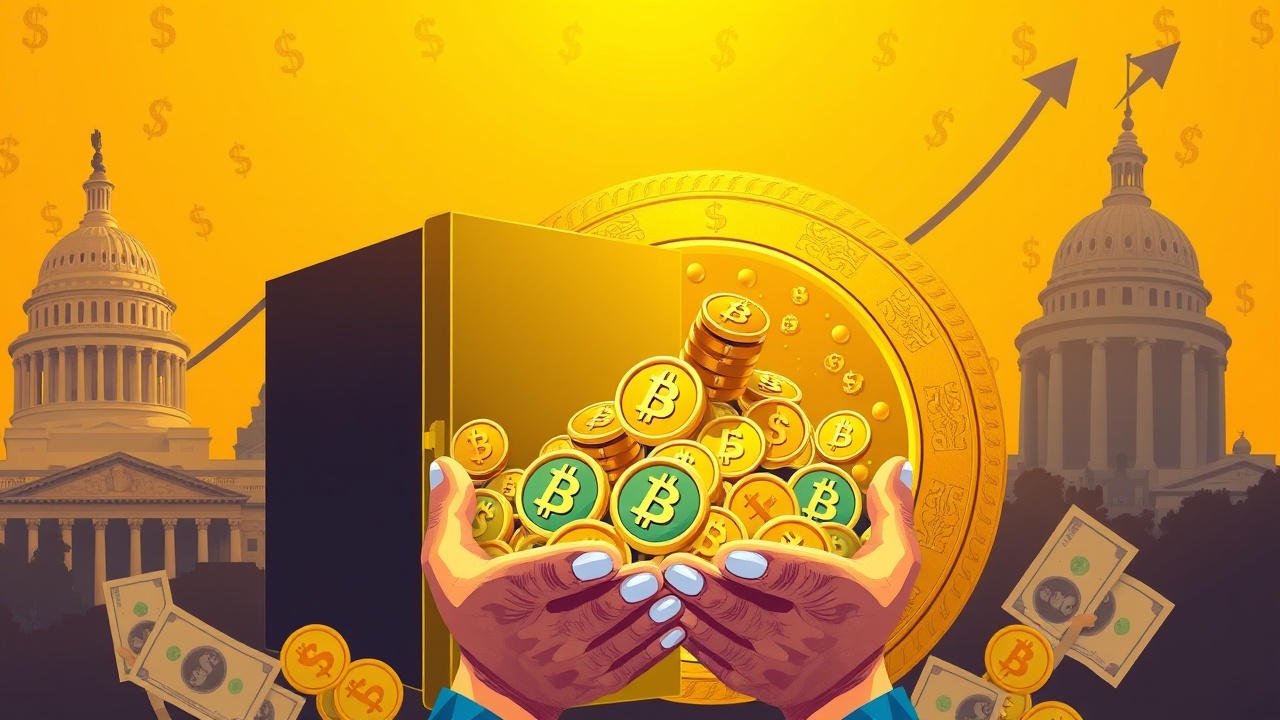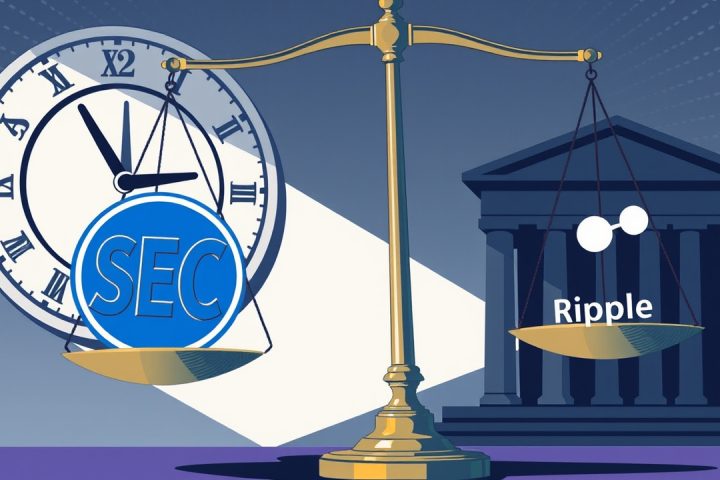The Impact of Stablecoins on U.S. Treasury Security Demand
The emergence of stablecoins is significantly changing the landscape of U.S. Treasury security demand, consequently altering financial markets and impacting the global stature of the U.S. dollar. On April 30, the U.S. Department of the Treasury released detailed notes from the recent meeting of the Treasury Borrowing Advisory Committee, which had convened on April 29, 2025. The minutes highlighted the growing role of stablecoins within the context of Treasury securities, noting the presence of key figures from the Treasury, the Federal Reserve Bank of New York, and representatives from the financial sector.
Discussions on Digital Assets and Stablecoins
During the quarterly meeting, an in-depth examination of digital assets took place, with a focus on stablecoins and their implications for financial strategies. The minutes captured discussions where dealers indicated that the surge in stablecoin usage, coupled with potential upcoming legislative measures aimed at regulatory clarity, could catalyze a further rise in stablecoin popularity. Furthermore, it was noted that providers of stablecoins currently hold substantial amounts of Treasury securities, which could become a requirement under proposed new regulations.
The conversations also covered the potential long-term effects of stablecoins on Treasury sales. Treasury officials and Committee members debated whether increasing interest in stablecoins would translate to net new purchases of Treasuries or simply redistribute existing demand away from traditional banks and money market funds. Notably, the blurred lines between stablecoins and conventional financial products, such as money market mutual funds, were highlighted as a critical trend.
Future Trends and Regulatory Implications
As the areas of cryptocurrency and digital assets expand, the growth of the stablecoin sector has proven to be a significant area of interest. There seems to be a growing convergence between money market funds and payment-focused stablecoins, leading to discussions about the competitive implications for traditional banking institutions. Although current legislation may prevent stablecoin issuers from providing yields to holders, the Committee debated the transformative potential if interest-bearing options were integrated into the stablecoin framework.
Conclusion
In summary, the Committee concluded that the stablecoin market is undergoing substantial changes, and as it continues to evolve, its interaction with regulatory systems will likely play a crucial role in influencing future demand for U.S. Treasuries. Both Treasury representatives and market analysts expressed the necessity of continuous monitoring of digital asset trends as they are increasingly seen as a vital component of national debt management strategies.




